The Australasian Virtual Worlds Workshop and (AVWW) is back again in 2008 and it’s looking like a fascinating two-day program. It’s being held at Swinburne University in Melbourne on the 28th and 29th November.
Keynote presenters include the New Media Consortium’s Larry Johnson, SLCN‘s Keren Flavell, Linden Lab’s Chris Collins and VastPark CEO Bruce Joy.
We’re proud to be a media partner for the event and will be covering both the real-world and Second Life proceedings. If you’ve got any interest in virtual worlds and education, health and business then think about registering.

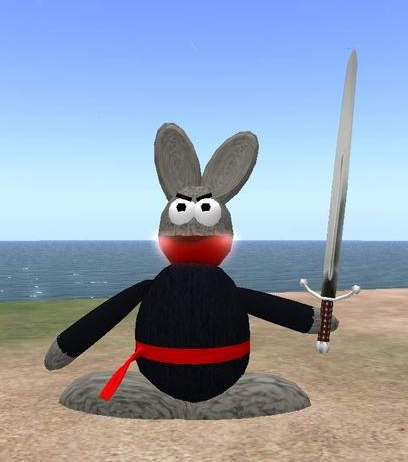
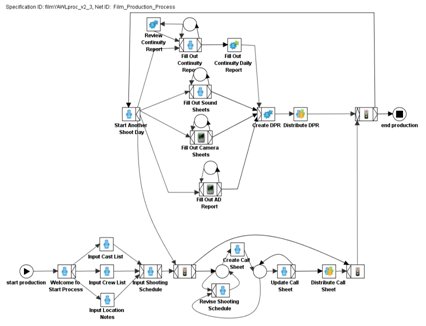
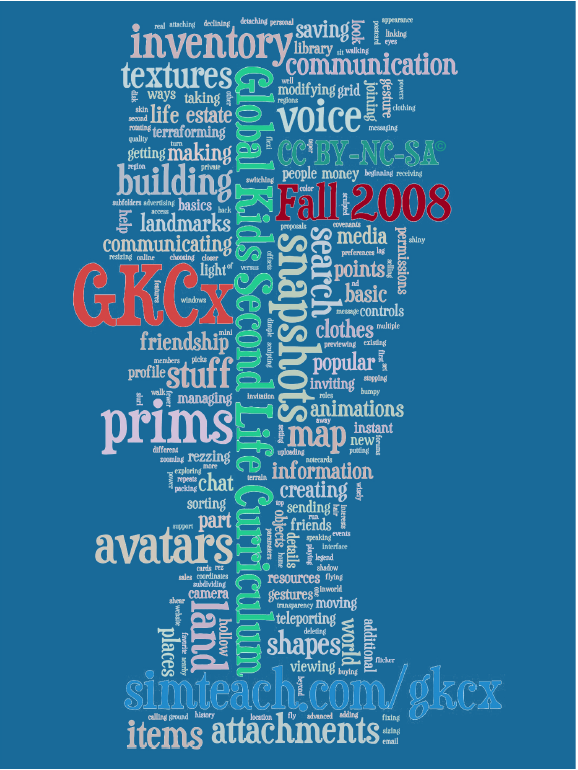
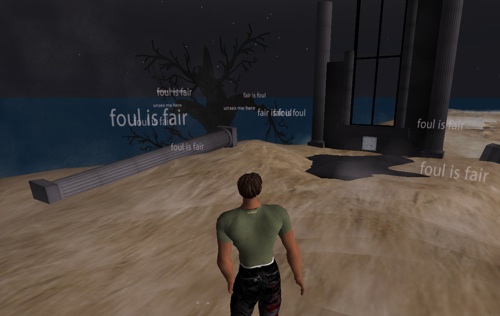
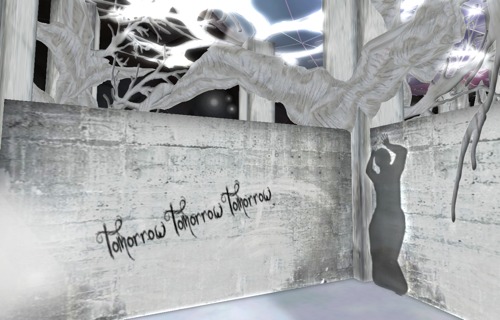

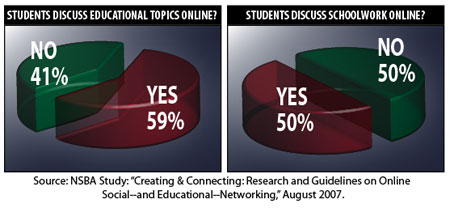
Recent Comments